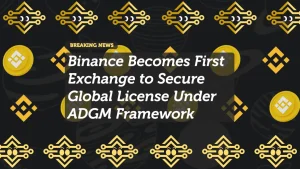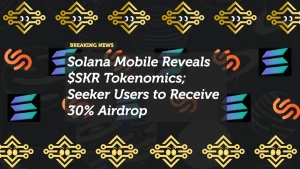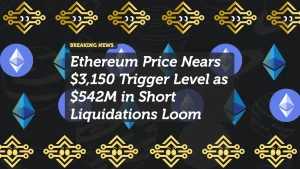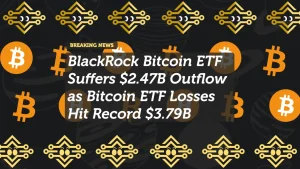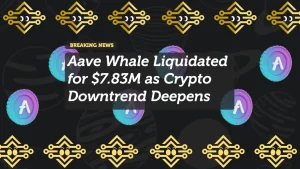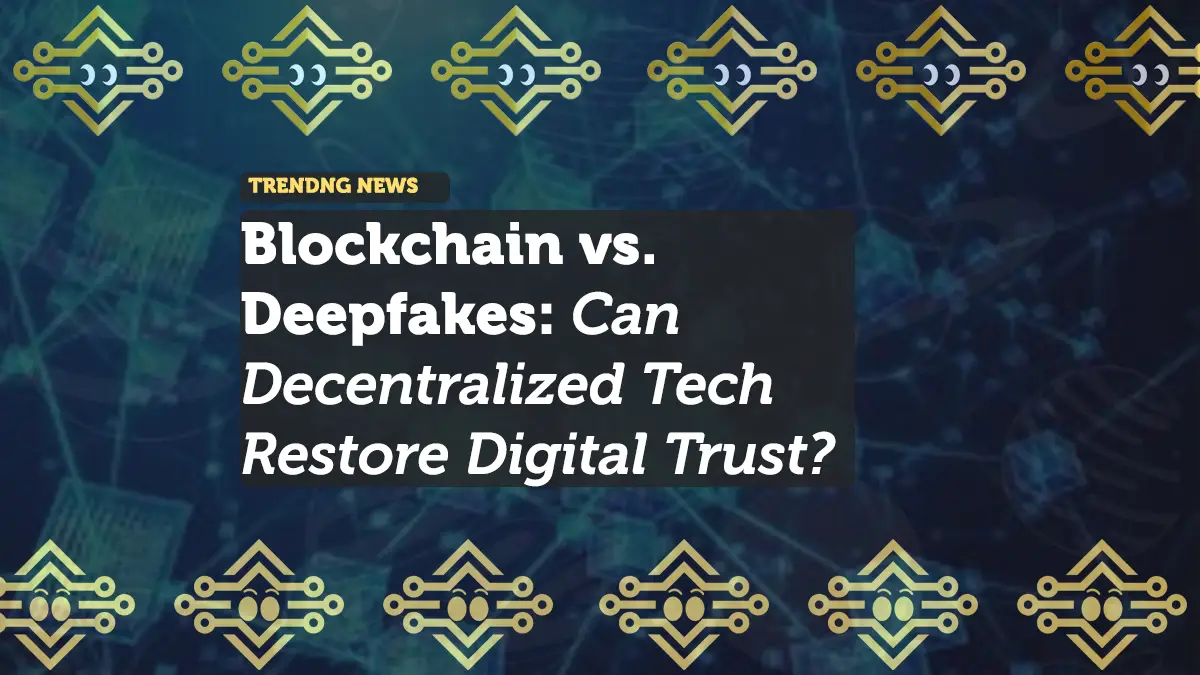
Blockchain vs. Deepfakes: Can Decentralized Tech Restore Digital Trust?
The rise of AI-generated deepfakes has made it increasingly difficult to distinguish real from fake content. With hyper-realistic videos, images, and voice clones flooding the internet, misinformation, identity fraud, and fake news are becoming serious threats.
Blockchain technology is emerging as a powerful tool to verify digital authenticity, offering tamper-proof records, decentralized identity verification, and AI content tracking.
Let’s explore how blockchain can help combat deepfakes and restore trust in digital media.
Why Are Deepfakes a Major Problem?
1. The Rise of AI-Generated Content
AI models can now create realistic videos, images, and voices that are almost indistinguishable from authentic content.
This technology has been used for:
- Fake political speeches to spread misinformation.
- Financial fraud through AI-cloned voices.
- Synthetic identities for bypassing security systems.
2. Erosion of Trust in Digital Media
With deepfakes becoming more sophisticated, people are finding it harder to trust what they see online.
- Fake news spreads faster than real news, damaging reputations and influencing public opinion.
- Social media manipulation makes it easier to create viral hoaxes.
- Video and voice-based identity fraud is rising in banking and online transactions.
3. Regulatory and Security Concerns
Governments and tech companies are under pressure to combat AI-generated disinformation and fraud.
Without a robust verification system, deepfakes could undermine democracy, financial stability, and cybersecurity.
Blockchain presents a decentralized, tamper-proof solution to these growing challenges.
How Blockchain Can Combat Deepfakes
1. Immutable Digital Signatures for Media
Every video, image, or audio file can be signed with a cryptographic hash on the blockchain.
- If someone alters the content, the hash will change, proving it has been manipulated.
- This creates an authenticity stamp that ensures media integrity.
Example:
- Adobe’s Content Authenticity Initiative (CAI) and Microsoft’s Project Origin are testing blockchain-based media authentication.
2. On-Chain Proof of Authenticity
Blockchain can store metadata such as:
- Who created the content
- When and where it was created
- Whether it has been modified
This ensures that news agencies, governments, and social media platforms can verify content before sharing it.
3. Decentralized Identity Verification (DID)
Users can link their real-world identity to blockchain credentials to prove authenticity.
- A verified blockchain ID can be used for official statements, video messages, or business transactions.
- Prevents deepfake scams by ensuring only verified individuals can upload critical content.
Example:
- Worldcoin is using cryptographic identity verification with iris scanning to create unique digital IDs.
4. Blockchain-Watermarked AI Content
AI-generated videos and images can be watermarked on-chain, confirming that they are synthetic.
- Viewers can check blockchain records to see if content was AI-generated or human-made.
- Ensures AI-generated content is transparent, not deceptive.
Example:
- Truepic is working on cryptographic verification of media files.
5. Smart Contracts for Fact-Checking
Blockchain-powered fact-checking oracles can analyze content before it is published.
- Journalists and researchers can access decentralized databases of verified information.
- AI-driven fact-checking smart contracts can flag manipulated content in real-time.
Example:
- Po.et is a blockchain-based protocol for authenticating digital content.
Notable Projects in Blockchain-Powered Verification
| Project | Purpose |
|---|---|
| Content Authenticity Initiative (CAI) | Led by Adobe, Twitter, and Microsoft to track content authenticity. |
| Truepic | Uses blockchain to verify photos and videos. |
| Worldcoin | A crypto project using iris-scanning for identity verification. |
| Po.et | A blockchain protocol for authenticating creative content. |
| Numbers Protocol | Focuses on verifying images and videos via blockchain to prevent misinformation. |
These projects aim to create a more trustworthy digital ecosystem where fake content is easily identified and real content is verifiable.
Potential Future Use Cases for Blockchain in Deepfake Prevention
1. Fake News Detection
- News agencies and governments could verify reports before publication.
- AI-powered oracles could flag suspicious content automatically.
2. Election Security
- Political campaigns and speeches could be verified through blockchain.
- Prevents deepfake propaganda from influencing elections.
3. Financial and Legal Protection
- Smart contracts could verify video-based agreements to prevent fraud.
- Banking systems could use blockchain identity verification to stop impersonation scams.
4. Social Media Verification
- Platforms like Twitter, Instagram, and YouTube could use blockchain stamps to verify real content.
- AI-generated fake profiles and videos could be flagged instantly.
These applications could revolutionize digital security, ensuring trustworthy online interactions.
Challenges and Limitations
Despite its potential, blockchain-based deepfake prevention faces obstacles.
1. Scalability Issues
- Storing large video files on the blockchain is expensive and inefficient.
- Hybrid solutions (storing metadata on-chain while keeping content off-chain) are being explored.
2. Adoption Resistance
- Media companies and social platforms must adopt blockchain verification for it to be effective.
- Without widespread implementation, deepfake threats will persist.
3. Privacy Concerns
- Some users may not want their personal content permanently recorded on the blockchain.
- Balancing transparency and privacy remains a key challenge.
Final Thoughts: Is Blockchain the Future of Digital Trust?
As deepfake technology advances, the need for verifiable digital authenticity becomes more critical than ever.
Blockchain presents a decentralized, transparent, and tamper-proof solution for combating AI-generated misinformation and fraud.
What the Future Holds
✅ AI-generated content will be flagged and verified in real-time.
✅ Blockchain will become the standard for proving media authenticity.
✅ Decentralized identity verification will reduce online fraud and scams.
✅ Social media, journalism, and finance will integrate blockchain security.
The battle against deepfakes is just beginning, and blockchain could be our most powerful weapon.
The Big Question: Can We Trust What We See Online?
Will blockchain restore digital trust, or will deepfakes become too advanced to detect?
Let’s discuss! Would you trust a blockchain verification system to prove online content is real?











